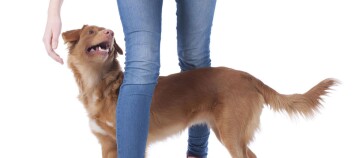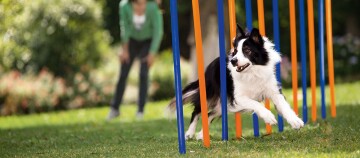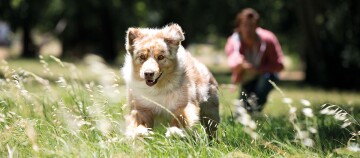Bull Terrier - Placid, Calm, Very Temperamental and a Real Bundle of Energy
05.01.2024 - Reading time: 4 minutes
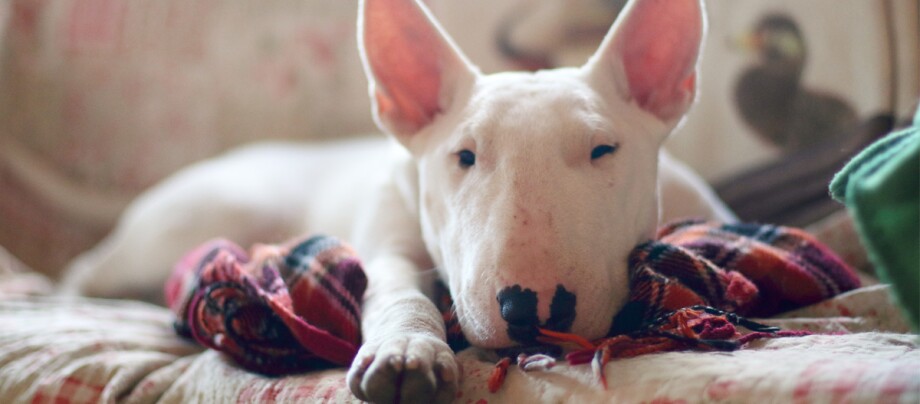
The Bull Terrier, which is by nature an extremely relaxed dog, is still subject to a lot of prejudices due to its history as a fighting dog. As with other dogs of the terrier breed, if properly socialised and trained, these dogs are generally very obedient. They have a reputation of being good with children, which makes them excellent family pets.
NewsletterBull Terrier
Breed | Bull Terrier |
Origin | England |
Classification | Terrier |
Size | small, shoulder height 35.5 to approx. 50 centimetres |
Weight | 24 to 30 kilograms
|
Physique | muscular and powerful, egg-shaped head, downface, Roman nose |
Eyes | triangular, dark to black |
Ears | small, thin, close to each other, stiffly erect |
Coat and colour | short, smooth, easy to care for; as a rule white or black and white colouring, white/red, white/brindled and white/fawn brown also permitted |
Special features | features on list of dangerous dogs |
Nature | good-natured, alert, intelligent, playful |
Health | susceptible to stereotypic or obsessive and compulsive disorders, diseases of the musculoskeletal system, heart disease and deafness (in pure white dogs) |
From fighting dog to family dog
The Bull Terrier originates from a cross between terriers and the English Bulldog and Dalmatians. These animals were bred at the start of the 19th century primarily as fighting and hunting dogs. After dog fighting was banned in England in 1835 and the start of breeding by James Hinks, the Bull Terrier was given new tasks and became popular as a rat catcher and guard dog. As time went on it became established as a family dog and good companion.
Character of the Bull Terrier
Bull Terriers are by nature placid and calm. At the same time they are real bundles of energy and very temperamental. If they are trained consistently and with love they can prove to be extremely loyal and devoted to their owners. The Bull Terrier also exhibits a certain degree of stubbornness and a tendency to dominate. When meeting strangers for the first time, these animals tend to react cautiously, but they are not in the least aggressive. However, if they sense a threat towards themselves or their family, they will not hesitate to dive in courageously. Due to their love of children they are ideal as a family dog, but the children should be slightly older and able to cope with the wild playfulness of the dog.
Training and husbandry of a Bull Terrier
The sensitive Bull Terrier requires a firm hand from the outset and a confident owner who can train it with love and patience. Puppy school and later on obedience classes are highly recommended, particularly since this fundamentally peaceful breed can develop a tendency to dominance and dangerous territorial behaviour if not socialised properly. Early socialisation and consistency in training are absolutely essential if this dog is to get on well with people and with other dogs.
These intelligent animals are quick to exploit any failings in their owners for their own benefit, quickly establishing themselves as leader of the pack. This breed needs copious exercise and enjoys long walks. They also show an aptitude for dog sports such as dog dancing and agility.
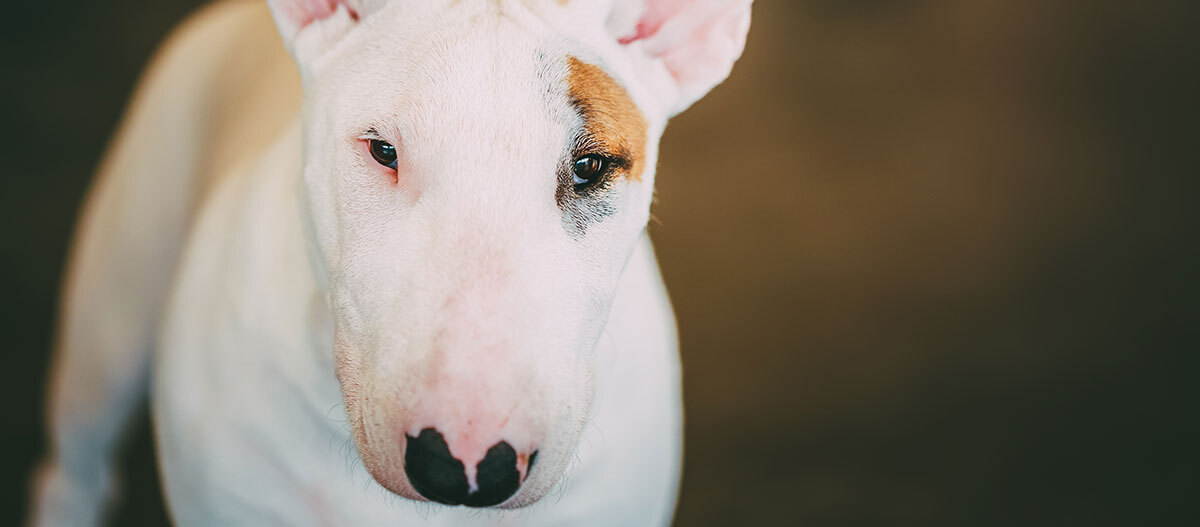
Care of the Bull Terrier
The dog’s short coat should be brushed once a week. Also, its claws should be clipped and its eyes and ears cleaned on a regular basis.
You will find the best products for your Bull Terrier here with us!
Health and special features of the Bull Terrier
Typical diseases for the Bull Terrier breed are stereotypic or obsessive and compulsive disorders, such as chasing its own tail or slow motion movement under curtains. In addition, the animals have a tendency to develop heart disease and diseases of the musculoskeletal system, such as spondylosis (bony overgrowths of the vertebrae or changes to the intervertebral discs). Pure white dogs can become deaf.
The Bull Terrier is on the dangerous dogs list. In some countries there are special conditions associated with owning this dog. These include, for example, a temperament test for the animal or a dog licence for the owner. If you would like to buy a Bull Terrier as a companion or family dog, make sure that you source it from a reputable breeder who is a member of the German Kennel Club. Only in this way can you be sure that the animal is healthy and has been well socialised.
You will find the ordinance of the federal states governing the list of dangerous dogs here:
- Baden-Württemberg
- Bavaria
- Brandenburg
- Hamburg
- North Rhine-Westphalia
